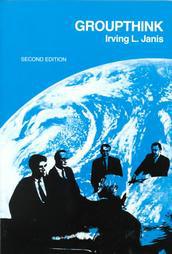Source of book image: online version of the WSJ review quoted and cited below.
I have read many biographies of innovative entrepreneurs. Like the author of the review of the book discussed in the passages quoted below, I believe that they have a variety of motives. But I am more optimistic than the book author that many of the entrepreneurs, those I call “project entrepreneurs,” are motivated mainly by a desire to ‘make a ding in the universe.’ Among these I would count Walt Disney and Steve Jobs.
(p. A11) Successful entrepreneurs, in my experience, are tenacious, hardheaded and creative. They persist with their ideas long after others might have given up, and they are good at persuading clients, partners and investors to take a chance. Like successful people in any field, they are driven by a powerful inner need, sometimes positive, like the hunger to do something entirely original, but often less appealing: a large chip on the shoulder, a desire for revenge, a distaste for authority and in many cases flat-out greed.
. . .
In “Worthless, Impossible, and Stupid: How Contrarian Entrepreneurs Create and Capture Extraordinary Value,” Daniel Isenberg, a professor of entrepreneurship at Babson College and before that at Harvard Business School, offers many useful stories of entrepreneurship, culled from his teaching experience. But it isn’t until two-thirds of the way through that he torturously concedes that every entrepreneur needs a streak of Gordon Gekko.
“I have gradually come to the difficult conclusion that the burning desire for extraordinary value capture is almost a sine qua non for the supreme effort required to convert the value from imagined into tangible value,” he writes. “Personal gain is the simplest and most powerful motivation. If a person does not feel deeply that ‘This must pay off for me,’ there will rarely be extraordinary value creation.”
For the full review, see:
PHILIP DELVES BROUGHTON. “BOOKSHELF; Who Moved My Fortune? Some entrepreneurs want to do good. Many more are driven by a chip on the shoulder, a desire for revenge, a distaste for authority.” The Wall Street Journal (Sat., July 31, 2013): A11.
(Note: ellipsis added.)
(Note: the online version of the review has the date July 30, 2013.)




